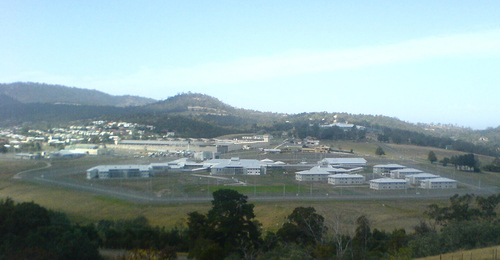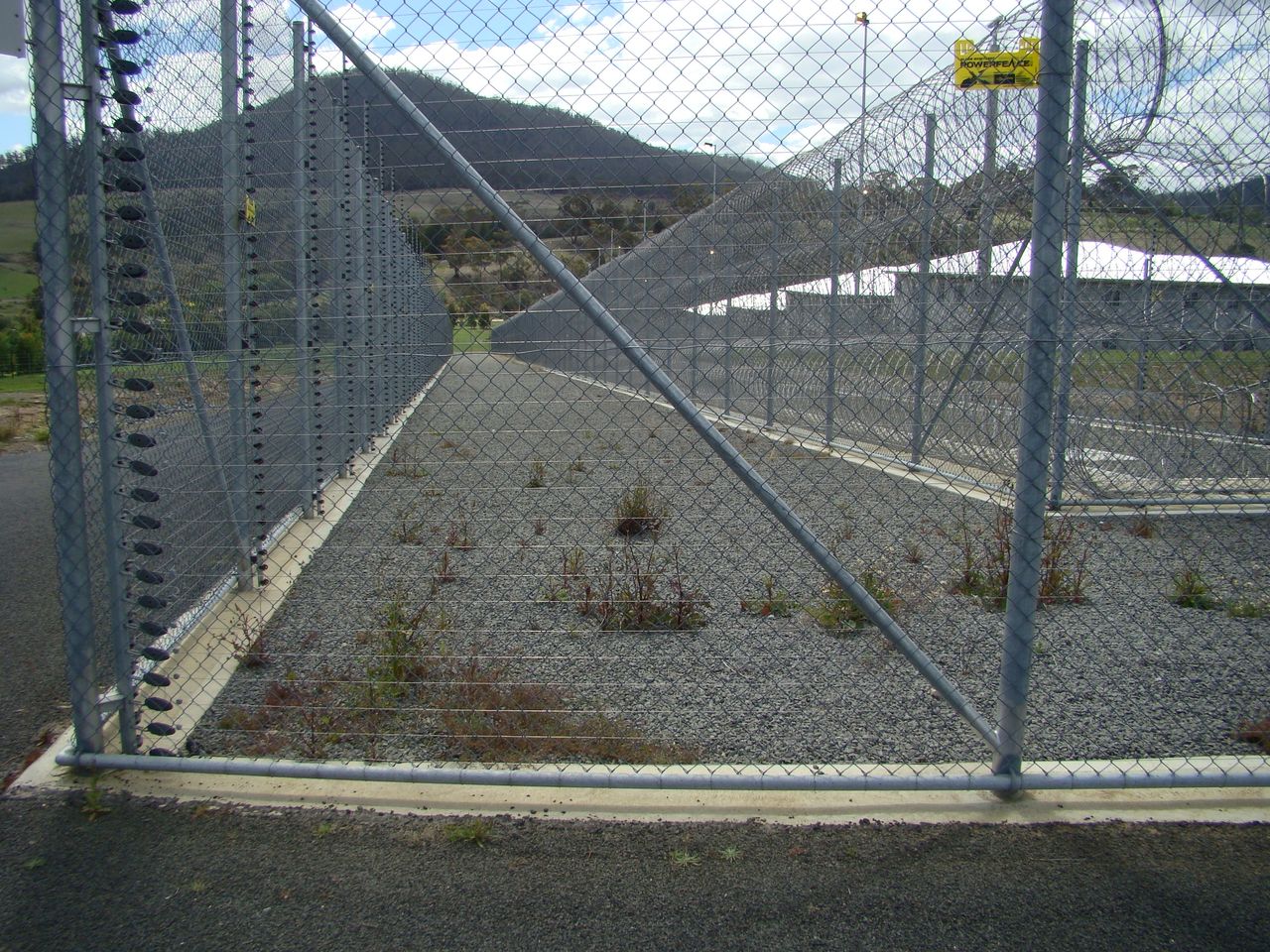"Designer escape hatches"
Aficionados of prison-escape movies should tune into the real-life drama unfolding in the island state of Tasmania.
Remember the Academy-Award-winning film of 1953, Stalag 17, starring William Holden? That plot involved prisoners burrowing under the camp fence. Then came The Great Escape in 1963 staring Steve McQueen. Again an escape tunnel was involved but the really big highlight of the film was McQueen’s dramatic leap over the barbed-wire fence on a stolen German motorcycle.
Moving into the present era we have the 1994 The Shawshank Redemption, where Tim Robbins manages to gnaw through his cell wall over a very long period, then escapes via the prison’s sewer. This was followed by the 1996 Bruckheimer action-romp, The Rock, whereby Sean Connery, having once escaped from Alcatraz Island prison, via the sewer tunnels, is forced by the FBI to break back into the prison… er… by the sewer system.
Fast forward to 2010 and the island state of Tasmania’s new (four-year-old) Risdon Vale Prison where 69 dangerous criminals have just been moved out of the high-security-section of the prison because two prisoners have managed to break out of their cells via…er…the sewer system.
 The Green’s Minister for Corrective Services, Nick McKim, won’t say exactly how the prisoners managed to escape, but according to a little bird, the prisoners discovered that, apparently, each cell has a sort of a "designer escape hatch" in the form of…er…each cell’s toilet. Do you detect a theme developing here? Sewerage!
The Green’s Minister for Corrective Services, Nick McKim, won’t say exactly how the prisoners managed to escape, but according to a little bird, the prisoners discovered that, apparently, each cell has a sort of a "designer escape hatch" in the form of…er…each cell’s toilet. Do you detect a theme developing here? Sewerage!
No one in authority is confirming how the escapes were undertaken but the same little bird claims that the prisoners discovered that by kicking out the lavatory pedestal from its base, the cell-wall can be breached by then kicking in the composite material surrounding the sewer-pipe outlet. In an extraordinary statement prisons minister McKim says he will give details of the escape route about February, next year. So much for the Greens’ mantra of “transparency”.
Curiously the 69 high-risk prisoners who occupied the maximum security section at Risdon Prison have been rehoused in the old Risdon Prison, in cells that have not been used for the past four years.
Enter Hobart lawyer, Greg Barns, who was the campaign director for the Republic Movement during the 1999 referendum failure. He now runs the Prison Action and Reform Group. Barns claimed during an ABC interview that:
The floors [in the cells where the 69 prisoners were shifted to in the old prison] are dirty, that the people are being forced to effectively sleep on a doona on the floor, that there is insufficient heating, not sufficient light. Some people have reported that they have seen razor blades lying around their cells, that there is mould in the cells, they are dirty.
The curious thing about all this is that it is the Greens, through their federal spokesman on asylum seekers, Senator Hansen-Young, who is continually squawking about conditions of people detained for illegal entry into this country. If what Greg barns says is true you would imaging that Senator Hansen-Young’s mascara would be running in all directions—but apparently prison conditions, for the Greens, are only important if it involves the politically sensitive issue of refugees. There is always media-mileage in that, of course.
Meanwhile, back at the new (four-year old) Risdon Prison. The $90 million that the Labor government has spent on this piece of infrastructure seems to be following other great Labor debacles, such as the Pink Batts, Green Loans, BER schools initiative, the NBN rollout— to say nothing of the base-bound Collins Class submarines.
 Risdon Vale prison is an eyesore. If you wanted to replicate the look of a concentration camp you couldn’t do better than Risdon. The grey bleak buildings, surrounded by barbed/razor-wire, plonked in a Hobart suburb is an extraordinary ugly complex— not for the inmates, but for those who have to look at it from the outside. Inside, it contains ugly memories and a notorious history.
Risdon Vale prison is an eyesore. If you wanted to replicate the look of a concentration camp you couldn’t do better than Risdon. The grey bleak buildings, surrounded by barbed/razor-wire, plonked in a Hobart suburb is an extraordinary ugly complex— not for the inmates, but for those who have to look at it from the outside. Inside, it contains ugly memories and a notorious history.
In 1999, over a four-month period, five prisoners died at Risdon. In 2003 the prison’s senior psychiatrist was found guilty of professional misconduct by threatening a prisoner with a large syringe. In 2005 male prisoners took a guard hostage, demanding the resignation of the Tasmanian-Attorney General, Judy Jackson. In 2006 a female guard was grabbed by prisoners and her prison keys taken. A 20 hour siege took place. In September this year six guards were attacked by inmates of the Risdon maximum security unit. What followed was described as “a wanton rampage of destruction”. But back to the sewer escape-hatch.
Like all the other Labor debacles when it comes to building things, the big question is why the bureaucrats were not controlling the design and construction of the $90 million new Risdon Prison. Doesn’t anyone in any government, minister or public servant, accept responsibility for anything these days? Is sacking or resignation no longer an option?
Nick McKim says:
Let’s be clear on this, this is a problem I’ve inherited but I have taken absolutely strong action and shown leadership in this.
Really? Where? When? How? Doesn’t leadership include keeping the public informed?
As H.L. Mencken once muttered: “A politician is an animal who can sit on a fence and yet keep both ears to the ground”.
 Sign In
Sign In 0 Items (
0 Items ( Search
Search








